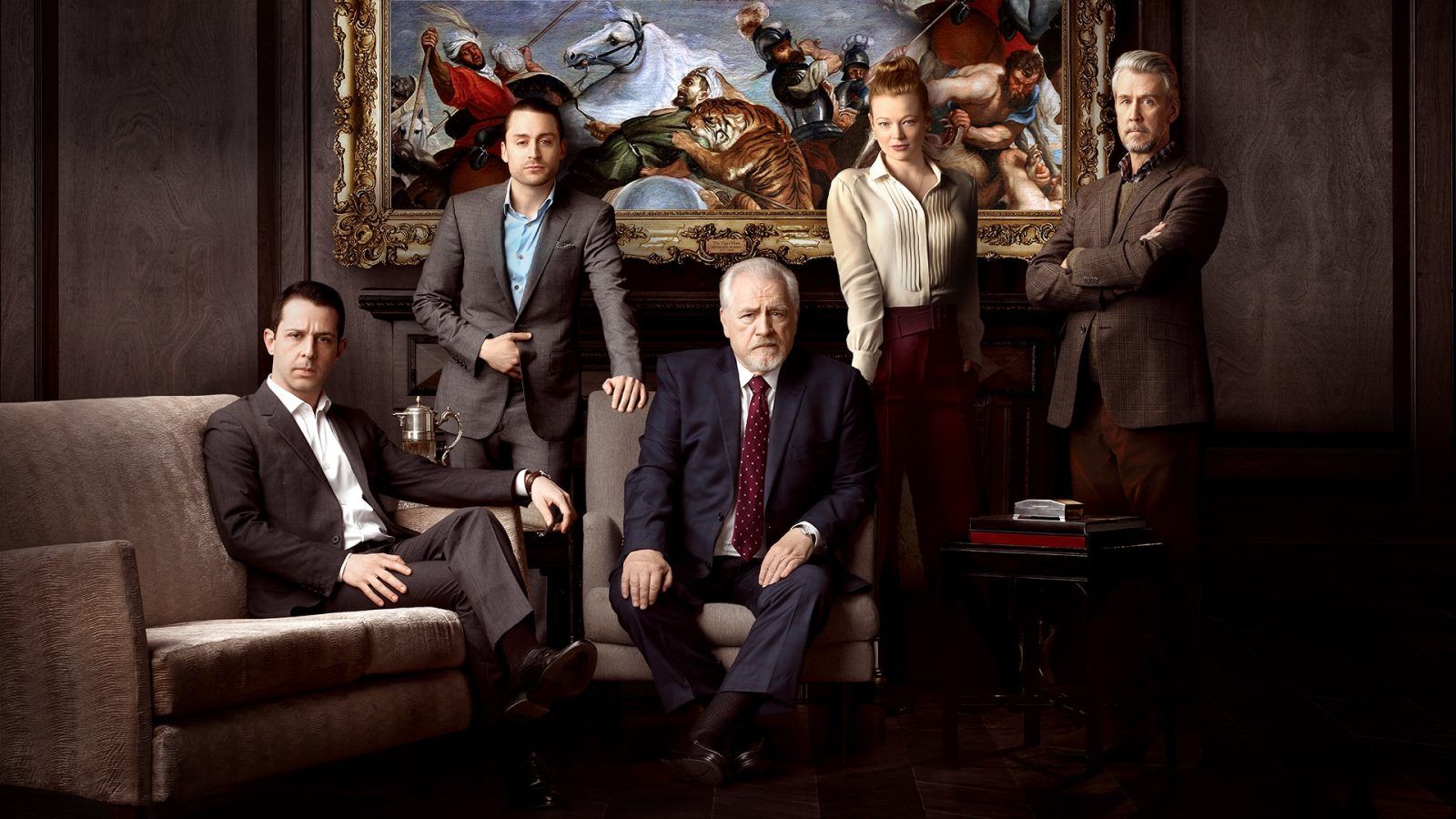Introduction
In an age when social media influencers flaunt extravagant vacations, luxury cars, and designer logos, a contrasting trend has emerged: quiet luxury. Rather than shouting wealth through conspicuous consumption, quiet luxury whispers it—through subtlety, minimalism, and refinement.

A plain cashmere sweater from Loro Piana or a logo-free handbag from Bottega Veneta communicates something louder than a monogrammed Louis Vuitton: confidence, taste, and belonging to an elite that no longer needs to prove itself. Why do people embrace understated affluence? What does psychology tell us about this trend?
Read more: Main Character Syndrome
The Origins of Quiet Luxury
Quiet luxury isn’t new. Thorstein Veblen’s theory of conspicuous consumption (1899) argued that people display wealth to signal status. But in some contexts, the opposite occurs: elites engage in what scholars call inconspicuous consumption (Han, Nunes, & Drèze, 2010). Instead of flashy logos, they choose subtler signals understood only by those “in the know.” It’s the velvet rope of consumerism.
In recent years, shows like Succession—where billionaires wear muted, logo-free clothing—have turned quiet luxury into a pop-culture talking point. Unlike traditional luxury, which caters to aspiration, quiet luxury functions as a form of cultural capital.

Psychological Underpinnings
Some psychological underpinnings of this include:
-
Signaling Theory
From an evolutionary psychology perspective, humans display traits (including wealth) to signal fitness and desirability. Quiet luxury refines this: the wealthy demonstrate they don’t need to demonstrate. As costly signaling theory suggests, what is not shown can be just as powerful. -
The Desire for Distinction
Pierre Bourdieu (1984) argued that taste is a tool of social stratification. Choosing logo-free luxury requires knowledge, insider awareness, and cultural literacy. Thus, consumption becomes less about the item itself and more about communicating refinement and exclusivity. -
Psychological Reactance and Rebellion
Against a backdrop of Instagram braggadocio, quiet luxury feels rebellious. The understated consumer resists the urge to overshare, signaling autonomy and freedom from social pressure. -
Minimalism and Self-Concept
Minimalism aligns with modern desires for simplicity and authenticity. For some, quiet luxury is a way of expressing a coherent, uncluttered identity: “I am enough without needing a logo.”
The Role of Social Comparison
Social comparison theory (Festinger, 1954) suggests people evaluate themselves relative to others. Quiet luxury creates a nuanced form of comparison. Flashy displays are accessible—anyone can recognize a Gucci belt. But recognizing the cut of a The Row coat requires insider knowledge. This subtlety fosters a higher-status hierarchy: not only do the wealthy have access, but they also have the knowledge to decode understated signals.

Cultural Shifts and Generational Psychology
Some cultural shifts include:
-
Millennials and Gen Z: While some embrace maximalist trends, many lean toward sustainability and authenticity. Quiet luxury aligns with these values, emphasizing quality over quantity.
-
Post-Recession Sensibility: After the 2008 financial crisis and COVID-19 disruptions, flaunting wealth became risky, even distasteful. Discreet luxury signals stability and responsibility rather than ostentation.
-
Social Media Backlash: Younger audiences are wary of influencers’ excesses. In an era of climate anxiety and economic precarity, logo-heavy flexing feels tone-deaf. Quiet luxury presents itself as more “ethical” or “timeless.”
Psychological Benefits for the Wearer
Some of the psychological benefits of this include:
-
Identity Security
Those who embrace quiet luxury often already feel secure in their identity and status. They do not need external validation through logos. -
Control of Impressions
Understated clothing and goods allow consumers to craft a narrative of restraint, taste, and confidence. -
Reduced Anxiety
Logo-heavy luxury can invite scrutiny, envy, or accusations of showing off. Quiet luxury reduces social risk by appearing humble while still signaling affluence to the right audience.
The Paradox of Quiet Luxury
Interestingly, quiet luxury may only appear quiet to outsiders. To those within elite networks, it is loud. For example, a plain white t-shirt might look ordinary to most, but insiders know it costs $400. Thus, quiet luxury maintains exclusivity while allowing elites to avoid criticism for flaunting wealth. This paradox makes it psychologically satisfying: the consumer gets to signal status while appearing modest.
Criticisms and Psychological Tensions
Some criticisms of this include:
-
Accessibility Illusion: Quiet luxury appears egalitarian but reinforces inequality. Those who cannot afford it may feel excluded despite the “plainness” of the items.
-
Authenticity vs. Performance: While marketed as authentic, quiet luxury can still be performative, a carefully curated image of restraint.
-
Generational Divide: For some, quiet luxury feels elitist and inaccessible, widening psychological distance between classes.
Conclusion
Quiet luxury reflects deeper psychological trends: the desire for subtlety in a noisy world, the pursuit of distinction through taste, and the quest for authenticity in consumer culture. It reveals that luxury is not always about logos but about insider knowledge, cultural capital, and the psychology of self-presentation. Far from disappearing, this understated approach may become more dominant as people seek ways to stand out—without appearing to.
References
Bourdieu, P. (1984). Distinction: A social critique of the judgement of taste. Harvard University Press.
Festinger, L. (1954). A theory of social comparison processes. Human Relations, 7(2), 117–140.
Han, Y. J., Nunes, J. C., & Drèze, X. (2010). Signaling status with luxury goods: The role of brand prominence. Journal of Marketing, 74(4), 15–30.
Veblen, T. (1899). The theory of the leisure class. Macmillan.
Subscribe to PsychUniverse
Get the latest updates and insights.
Join 3,022 other subscribers!
Niwlikar, B. A. (2025, September 27). Quiet Luxury and 4 Interesting Psychological Unpinning of It. PsychUniverse. https://psychuniverse.com/quiet-luxury/



